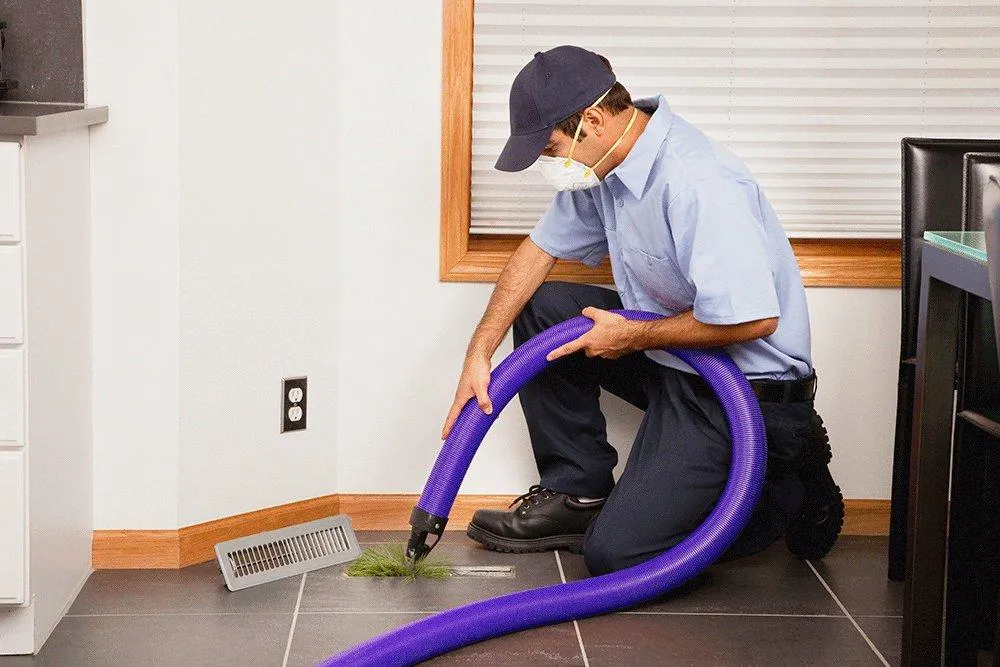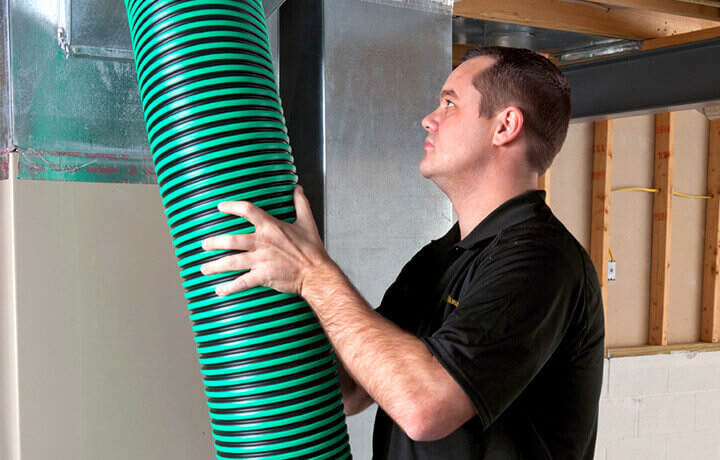In todays world, ensuring the health and safety of our indoor environments is more crucial than ever. With the rise of various airborne pathogens, maintaining a clean and sanitized air duct system has become essential for both homeowners and business owners. This article explores the intricacies of airborne pathogens and duct sanitizing, offering valuable insights into creating safer and healthier indoor spaces.
When we think about indoor air quality, the impact of airborne pathogens often goes unnoticed. These microscopic organisms, including bacteria, viruses, and fungi, can circulate through HVAC systems, posing significant health risks. Understanding how these pathogens spread and how duct sanitizing can mitigate their effects is key to safeguarding our health.

What Are Airborne Pathogens?
Airborne pathogens are microorganisms transmitted through the air. They can cause a range of illnesses, from mild allergies to severe respiratory infections. These pathogens thrive in environments where they can easily spread, making HVAC systems a prime location for their proliferation.
How Do Airborne Pathogens Spread?
Airborne pathogens spread through droplets released when an infected person coughs, sneezes, or even talks. These droplets can travel through the air and settle on surfaces, or they can be drawn into HVAC systems, where they can circulate throughout a building.
The Importance of Duct Sanitizing
Duct sanitizing is the process of cleaning and disinfecting the air ducts in HVAC systems. This process helps remove contaminants, including airborne pathogens, dust, and mold, improving indoor air quality and reducing health risks.
Benefits of Duct Sanitizing
- Improved air quality
- Reduced risk of illness
- Enhanced HVAC efficiency
- Elimination of odors
How Duct Sanitizing Works
The duct cleaning process involves several steps, including inspection, cleaning, and disinfecting. Professionals use specialized equipment to remove debris and contaminants from the ducts, followed by the application of sanitizing agents to eliminate any remaining pathogens.
Choosing the Right Duct Sanitizing Service
Selecting a reliable duct sanitizing company is crucial for effective cleaning. Look for companies with certified technicians, state-of-the-art equipment, and positive customer reviews. Regular maintenance can also help prevent the buildup of contaminants.
Impact on Health and Well-being
By addressing airborne pathogens and ensuring clean air ducts, you can significantly improve the health and well-being of your household or workplace. Cleaner air can lead to fewer respiratory issues, reduced allergy symptoms, and a more comfortable living environment.
Special Considerations for Vulnerable Groups
For vulnerable groups, such as children and pets, maintaining a clean air environment is even more critical. Duct sanitizing for children’s rooms and spaces where pets reside can help protect their health by minimizing exposure to harmful pathogens.

FAQs about Airborne Pathogens and Duct Sanitizing
1. How often should I sanitize my air ducts?
It’s recommended to sanitize your air ducts every 3 to 5 years, or more frequently if you have pets, allergies, or live in an area with high pollution.
2. Can duct sanitizing remove all airborne pathogens?
While duct sanitizing significantly reduces the presence of pathogens, it’s important to combine it with other preventive measures, such as using air purifiers and ensuring proper ventilation.
3. Is duct sanitizing safe for my family and pets?
Yes, professional duct sanitizing is safe. Technicians use EPA-approved sanitizing agents that are non-toxic and safe for both humans and animals.
In conclusion, understanding the role of airborne pathogens and the importance of duct sanitizing is essential for maintaining a healthy indoor environment. By taking proactive steps to clean and sanitize your air ducts, you can protect yourself and your loved ones from potential health risks, ensuring a safer and more comfortable living space.
This article contains affiliate links. We may earn a commission at no extra cost to you.